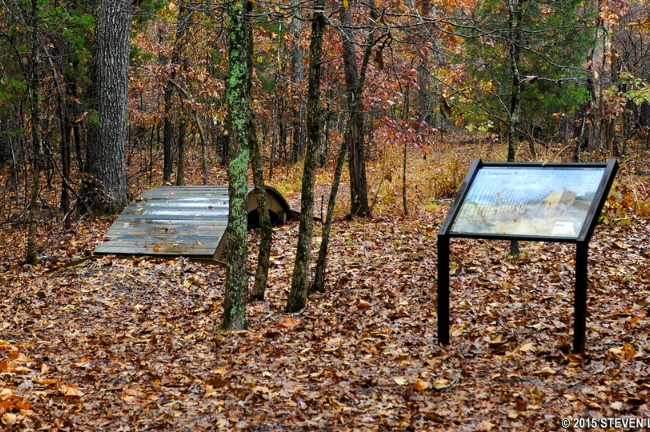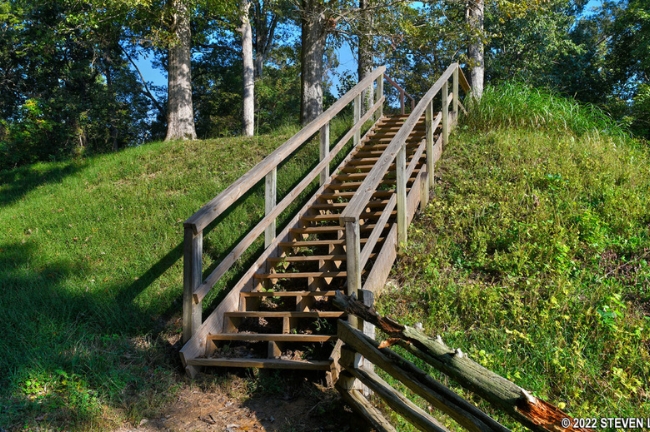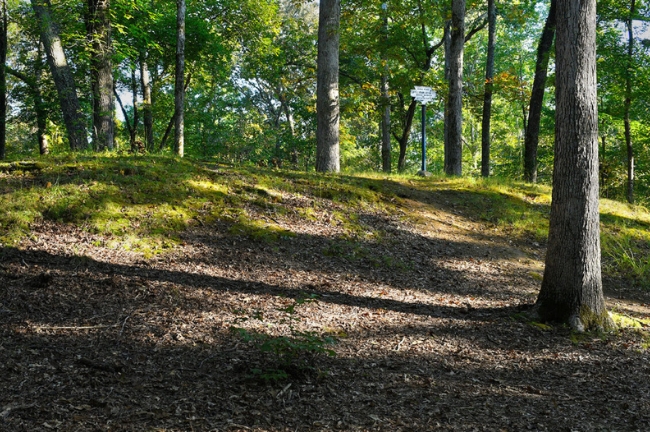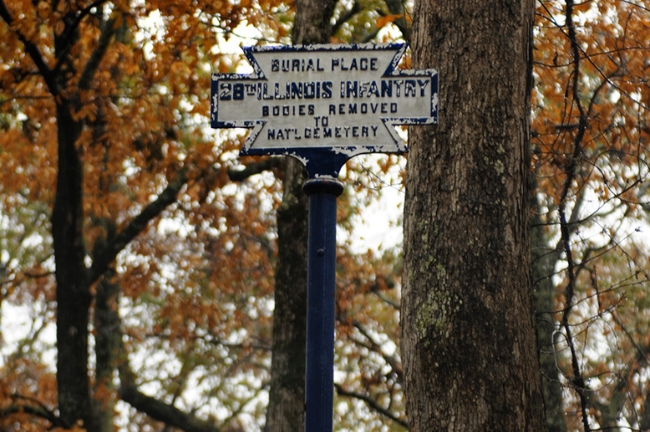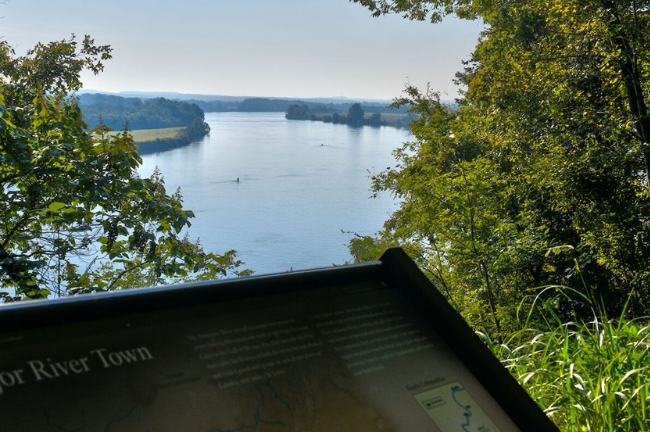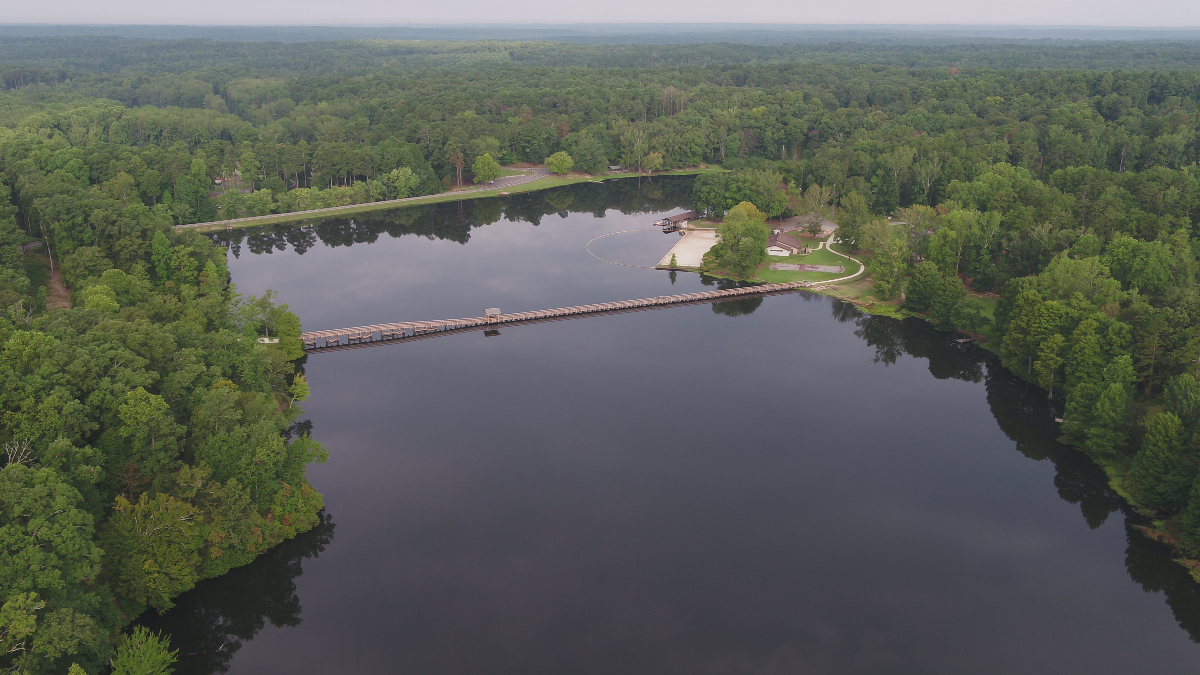

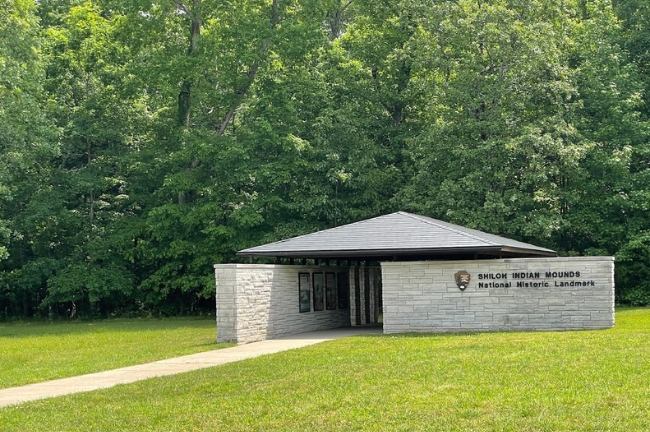
Explore the remains of the largest Indian mound complex on the Tennessee River, the Shiloh Indian Mounds National Historic Landmark, lying within the Shiloh National Military Park boundaries. A hiking trail will take you through the complex. Though having nothing to do historically with the Battle of Shiloh, fighting did take place in and around the mounds. After the battle, members of the 28th Illinois Infantry were buried in one of the mounds, though all men were removed later and reinterred at Shiloh National Cemetery.
Six mounds remain from a city that once stretched 22 miles along the Tennessee River. Unfortunately, the mounds outside of the park boundary were destroyed long ago by land developers and farmers. Of the remaining mounds, only one — a round mound on the southern end of the complex — is a burial mound. The rest were used as platforms on which houses or temples were built, and they were most likely reserved for the upper class. Their elevation allowed the rulers to look out over the city. Many other homes were constructed on the ground below. The same principal that higher elevations are more desirable still applies today: The U.S. Capitol is also located on a hill, and million-dollar mansions are often constructed on hills that offer commanding views of the surrounding areas.
